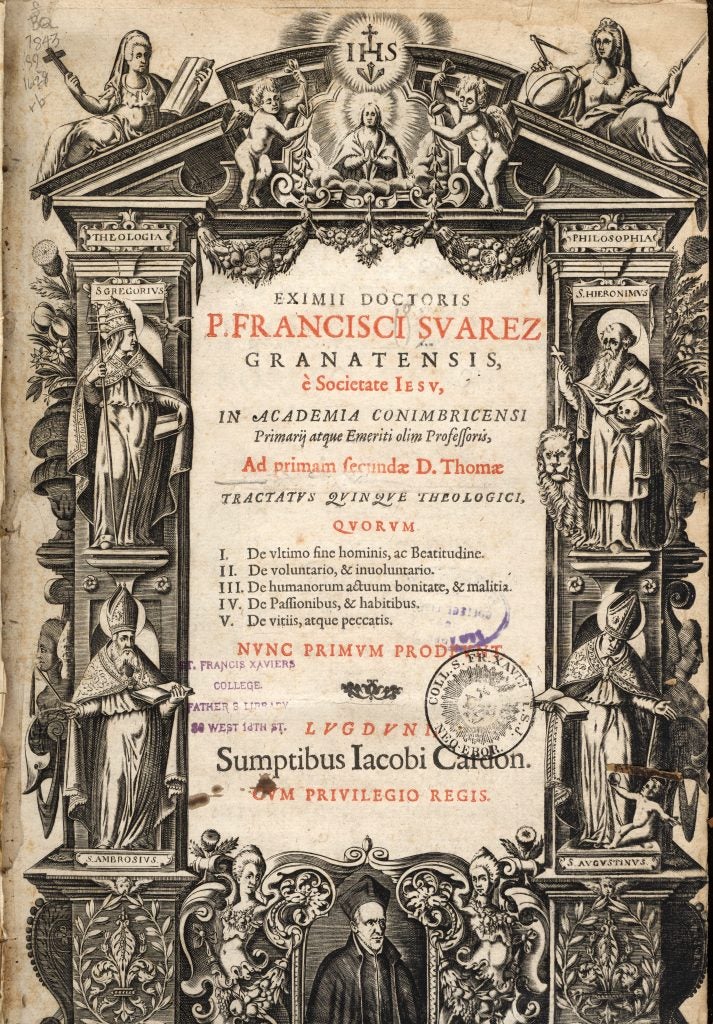In honor of the feast day of St. Thomas Aquinas, we're republishing a blog by Amy Phillips.
Today's feast of Saint Thomas Aquinas is often associated with the Dominican friars because Aquinas himself was a member of the order and stands out as one of the greatest scholastic thinkers of the 13th century. In the 19th century, however, it was the Society of Jesus that led the revival of Scholasticism and a renewed interest in the work of Thomas Aquinas. Pope Leo XIII's encyclicalAeterni Patriswas issued in 1879 and called for a renewal in the study of philosophy. Jesuits were already at work in establishing a Thomistic orientation in their own education and scholarship. In 1850 the Jesuits founded La Civiltà Cattolicaa scholarly journal devoted to philosophy, especially the promotion of Scholasticism.

Though engaged in this revival, Jesuits weren't committed to Thomas Aquinas in the same ways. Interpretations and applications of his philosophy varied widely among the Jesuits. One approach to Aquinas was known as Suárezianism. As the term suggests, this was a method or school that followed the Jesuit philosopher of the 16th century, Francisco Suárez (1548-1617). Though Suárez was trained in scholasticism, he developed his own philosophy that departed from Aquinas and which is often referred to as a "second Scholasticism." The Jesuits of the 19th century who revived Aquinas, balanced his work with that of Suárez, other philosophers, and socio-political phenomena of the time, such as the ascendancy of democracy. Thus, their Suárezianism was the approach of expanding or, sometimes, refining Aquinas's ideas, which could not always accommodate intellectual and cultural developments in the 19th century. Woodstock Theological Library has many rare copies of books authored by Francisco Suárez. Shown here is his Ad primam secundae D. Thomae tractatus quinque theologici published by Jacob Cardon of Lyon in 1628. It was edited by Baltasar Alvarez, S.J. (1533-1588) who was trained in theology and philosophy by Dominicans in Ávila. He is best known for being the spiritual director of Teresa of Ávila.
entry authored by Amy E. Phillips, Rare Materials Cataloger for WTL on 1/27/2017
